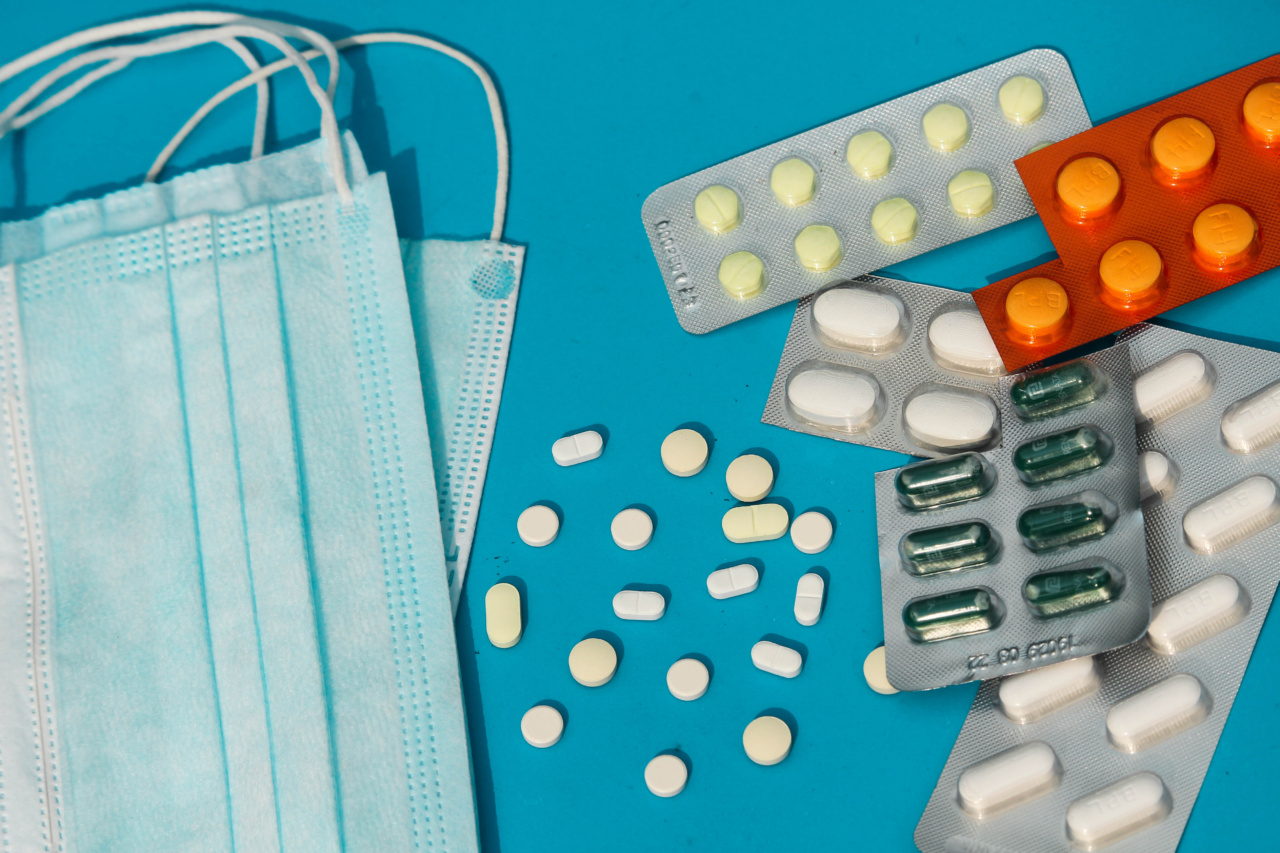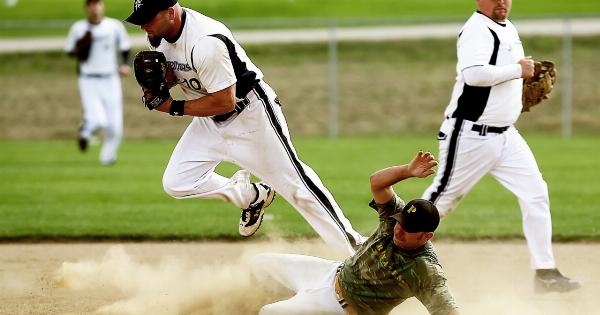Glaucoma is a group of eye conditions that damage the optic nerve, which connects the eye to the brain. It is often caused by an increase in pressure within the eye, known as intraocular pressure.
If left untreated, glaucoma can lead to permanent vision loss and blindness. While there is no cure for glaucoma, early detection and treatment can help prevent further damage and preserve vision.
Glaucoma Prevention
Preventing glaucoma primarily involves managing intraocular pressure to reduce the risk of optic nerve damage. There are various methods and treatments available to achieve this, including the use of medications.
Let’s explore some of the 30 effective drugs commonly used in the prevention and management of glaucoma.
1. Prostaglandin Analogs
Prostaglandin analogs are a type of medication that lowers intraocular pressure by increasing the outflow of fluid from the eye. Some commonly prescribed prostaglandin analogs include Travoprost, Latanoprost, and Bimatoprost.
These drugs are typically administered in the form of eye drops.
2. Beta Blockers
Beta blockers work by reducing the production of fluid in the eye, thus lowering intraocular pressure. Timolol, Betaxolol, and Levobunolol are some examples of beta blockers often prescribed for glaucoma prevention.
3. Alpha Agonists
Alpha agonists work by reducing the production of fluid in the eye and increasing drainage. Brimonidine and Apraclonidine are commonly used alpha agonists in the management of glaucoma.
4. Carbonic Anhydrase Inhibitors
Carbonic anhydrase inhibitors help decrease the production of fluid in the eye. These medications can be taken orally, in the form of eye drops, or in some cases, as an injection.
Examples of carbonic anhydrase inhibitors include Dorzolamide, Brinzolamide, and Acetazolamide.
5. Miotic or Cholinergic Agents
Miotic or cholinergic agents increase the outflow of fluid from the eye, helping to reduce intraocular pressure. Pilocarpine is a commonly prescribed miotic agent in the treatment of glaucoma.
6. Rho Kinase Inhibitors
Rho kinase inhibitors work by relaxing the muscles in the eye’s drainage system, allowing for improved fluid outflow. Netarsudil is an example of a rho kinase inhibitor used in glaucoma treatment.
7. Osmotic Agents
Osmotic agents are used to temporarily reduce intraocular pressure. They work by drawing fluid out of the eye, thereby reducing pressure. Mannitol and Glycerin are examples of osmotic agents commonly used in emergency situations or before eye surgery.
8. Combination Eye Drops
Combination eye drops contain two or more active ingredients that complement each other’s mechanism of action. They can provide enhanced lowering of intraocular pressure compared to single-drug therapies.
Some examples include Combigan (brimonidine and timolol) and Cosopt (dorzolamide and timolol).
9. Prostaglandin/Timolol Combination
Prostaglandin/timolol combination eye drops combine the benefits of both medications. In addition to increasing fluid outflow, these drops also decrease fluid production.
Examples include Xalacom (latanoprost and timolol) and Ganfort (bimatoprost and timolol).
10. Newer Glaucoma Medications
In recent years, newer medications have been developed to further improve intraocular pressure management. These include Rhopressa (netarsudil) and Vyzulta (latanoprostene bunod).
They offer alternative treatment options for those who may not respond well to traditional therapies.
Conclusion
Glaucoma prevention is a crucial aspect of preserving vision and slowing down the progression of the disease.
With the help of various medications, such as prostaglandin analogs, beta blockers, alpha agonists, carbonic anhydrase inhibitors, miotic agents, and others, individuals can effectively manage the intraocular pressure and reduce the risk of optic nerve damage. Consultation with an ophthalmologist is essential to determine the most suitable treatment plan for each individual.





























